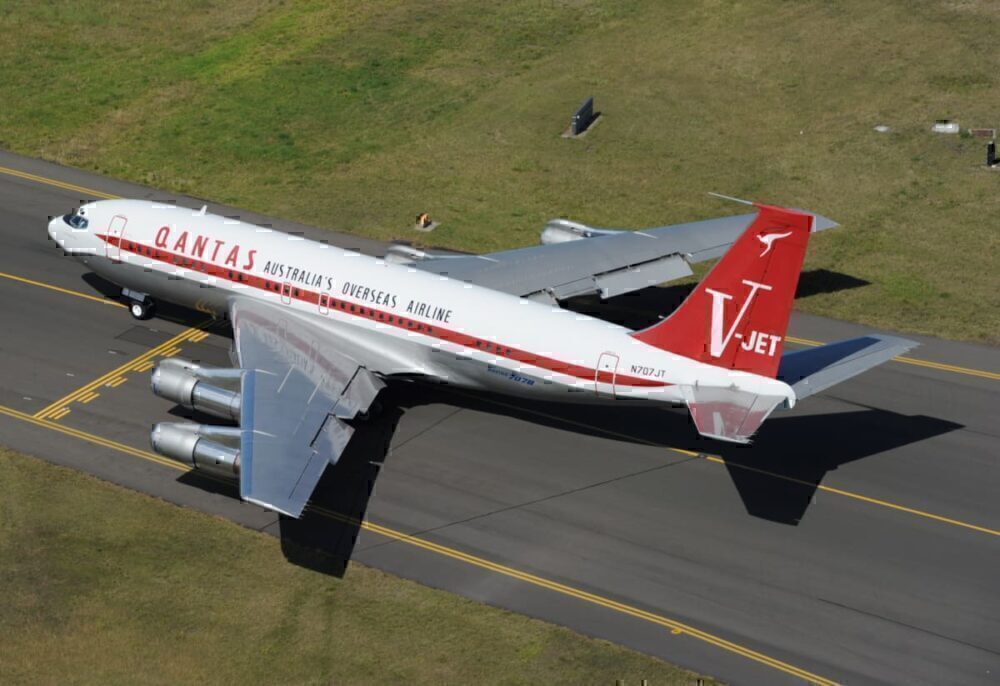There has been talk ongoing for years regarding the future of the narrowbody market. While predicted uptick in passenger traffic had driven a desire for a new midsize airplane, there is actually a strong need for a clean sheet narrowbody workhorse. The current situation and its impact on future travel demand has only served to exacerbate that need.

During the virtual Farnborough Airshow last week, we heard from some of the world’s biggest aviation heavyweights about their predictions for future aircraft design. Steve Udvar–Házy, current CEO of Air Lease Corporation (ALC) and former CEO of International Lease Finance Corporation (ILFC), was joined by Sir Tim Clark, President of Emirates, in a discussion facilitated by FlightGlobal and Embraer. Here’s why they think we desperately need a new small airplane.
Stay informed: Sign up for our daily aviation news digest.
Dicing with derivatives
In the decades of aircraft design gone by, there has been a penchant for designing derivatives rather than creating new. The 747 went through multiple iterations, as has the Airbus A320 family of jets. However, one type stands out as being the most re-iterated aircraft on the planet – the Boeing 737.
Certified in 1967, the 737 has been around since shortly after the dawn of the jet age. More than 50 years later, and we’re still flying in something that is largely the same as it was. More than a dozen variations have been produced, from the original -100 all the way up to the MAX.

And it goes back even further than that. The fuselage and a lot of the basic systems were in place on the Boeing 707, an aircraft that is another whole decade older again. The 737 we know today evolved from that airplane, and Steve Udvar–Házy believes that therein lies the problem. He said,
“The certification standards design standards and technology levels in the mid 60s were entirely different than what we are facing today and in the future … If that aircraft was designed today in its current form, t would probably not meet all the latest certification standards.
“I’m not saying it wouldn’t be safe or wouldn’t be appropriate, but today’s standards versus the standards of the 60s are totally different.”

Needs attention
Clark agreed that it’s been all too long since we had a true clean sheet design for the narrowbody market. Although the Airbus A320 family isn’t as historic as the 737, its design and certification took place in the 80s, so it’s not exactly new either. Clark commented,
“It’s indicative of reluctance by the manufacturers … to branch out into completely new aircraft types.”
He went on to explain why the single aisle needs a revamp, and how the rise of low-cost carriers has spurred a need for something completely new to be developed.
“I believe that the single aisle certainly needs a lot of attention. Because, as we saw the evolution and growth of low costs and the peculiar requirements of low cost in single aisle, we tried to fix up one particular type to meet all requirements for everybody. I think that in the future, it’s time that we looked at the way we go about serving the needs of this low cost operation. Therein lies a need to redesign and rethink what single aisle is going to be.”

Clark went on to suggest that, rather than aircraft manufacturers designing new planes in isolation, they should be working alongside low-cost carriers to uncover what it is they actually want. He said,
“[Manufacturers should] start looking at what people want, not that what they’re told to make use of. The 737 is a classic, as is the 320. Are people adapting their business models to the unit rather than the other way around?”
Could the Boeing FSA be the new narrowbody we need?
The 737 MAX, ignoring its obvious issues, was a groundbreaking plane. It pushed the boundaries of engine technology to the limit, delivering lower fuel burn and better economy than any small aircraft that had gone before. But the consensus is that it has gone as far as it can go. Without significant changes to its construction or propulsion, any fuel savings will be negligible.

Boeing has previously been rumored to be contemplating a completely clean sheet design, codenamed the Future Small Airplane (FSA). It would employ some of the technology seen on airplanes like the Dreamliner, such as composite construction, to give us a narrowbody that is fit for the future.
However, with everyone fighting for cash survival right now, it seems unlikely there will be any new airplanes for some years to come. For the foreseeable future, it seems the MAX is it.
You can watch the session in full below:



